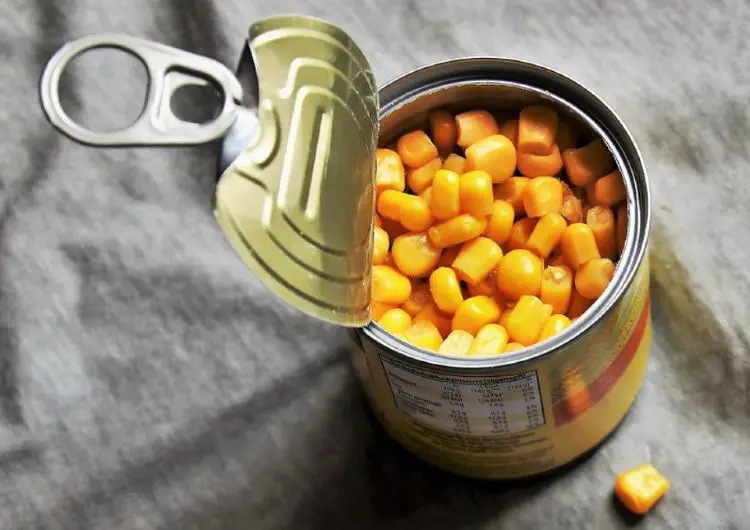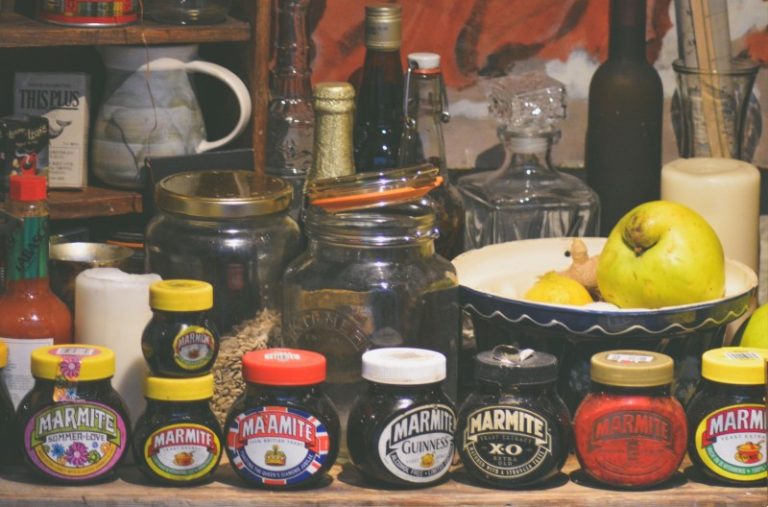Taking Stock in Pho
I am always very interested in any international or regional cuisine that has stock as one of the central ingredients of its cookery repertoire. Pho is the Vietnamese umami-rich rice noodle soup dish which is created out of either beef, chicken or vegetable stock. At its heart will be slithers of steak, meatballs, brisket, chicken breast, prawns or tofu and mushrooms for vegetarians. The bowl can then be garnished with toppings of your own choice: fresh lime juice, finely sliced chillies, fresh bean sprouts, fresh coriander and mint leaves. If you wish to enter the heights of chilli pepperiness then you can opt for the “Bun Hue” selection, which originates from the Imperial City of Hue. A good technique is to order flowering Jasmine tea, whose leaves and petals unfurl in front of your very eyes in pale green hot water: the fieriness of any garlic or chilli falvours is assuaged and the lightness and delicacy of the stock even more appreciated on the palate.
The chain of restaurants Pho was established by Juliette and Stephen Wall, who met whilst studying at University and they travelled to Vietnam together. They came upon the street food stalls of Hanoi and thought the different specialities on offer there would translate very well to the fast pace and cosmopolitan nature of London life. What they have recreated therefore is the very simple, peasant, healthy cookery of the working Vietnamese and broken down the individual components not to baffle or confuse those that have yet to convert to it.
I was shown the ropes by Leila Dukes and Max Putnam of ING Media, who look after the public relations of the Pho stable of five restaurants in London and one in Brighton. I am told by Max that the Clerkenwell branch is part of the “Pho Mile” as the East End location is one that saw a large flux of Vietnamese immigrants who have now set up home in Britain. One of the London restaurants is poised to take advantage of the huge Olympic crowds in Westfield Stratford City, E20. Leila has eaten so many Pho meals she knows the Menu blindfolded and is very articulate about what to choose if you prefer one ingredient to another or wish to err on the side of caution with regards to intensity of heat and chilli. They told me about the famous Banh Mi baguette sandwiches, again part of the Vietnamese street food culture and after our meeting I found the intriguing Viet World Kitchen food blog that shows a number of interesting fillings.
Vietnamese food has known struggle and displacement. The Vietnam War ended in 1975 and the food resources of the country were severely depleted, with an estimated 2 million civilians and US military personnel killed, so the exodus of native refugees was instrumental in the diffusion of this cuisine in many other parts of the world. Just as Southern Italian cuisine, pasta, cappuccino and gelato became diffused after the Second World War, this is another example of how immigrant cuisines manage to weave their characteristics into the collective consciousness of host countries.
It is, of course, difficult to recreate the experience of eating on a plastic stool in front of a steaming wood and bamboo food wagon on wheels, with the distinct flavours, sights, smells and sounds of a Hanoi market crushing its way in the heat. On entering the Pho restaurant in Soho’s Wardour Street, on a drizzly, silver grey afternoon, I saw wood clad walls, bamboo lanterns, the earthy red and brown colours of national character and table settings that evoke Vietnam’s Chinese heritage. The lighting is dim, an opium-den-like feeling pervades, but if you sit by the window looking in, it actually feels very calming and soothing, light behind your shoulders and the relentless din and drive of Soho hurtling past, unheedful of meal times or night. Wardour Street must be quite a difficult place to have a flat: it never sleeps.
The Chinese ruled Vietnam from before 100 BC until AD939, and the use of chop-sticks, fish sauce, stir fries, ginger, peppercorns and translucent spring rolls are vestiges of that original civilisation. As early as the 16th century European powers began increasing their sphere of influence in Vietnam, and the colonial expansion of the French empire meant that by 1883 Vietnam was a protectorate of France. It is thought that the sound of “pho” is attributed to “feu”, the French word for fire, as in “pot-au-feu”.
The manager of the restaurant, Ewan, showed me the making of Pho and led me to a huge stainless steel soup cauldron where, on the surface I saw chopped vegetables, spices, herbs and beef brisket floating in a stock the colour of a very clear and thin consommé. Ewan explained how the stock needs to simmer for a very long time at a low and consistent temperature (tiny bubbles just breaking on the surface) in order to achieve clarity of colour and purity of taste. They have used the same Smithfield butcher since the very first Pho opened its doors in 2005. If the temperature of the stock reaches boiling point then the fat within the meat emulsifies and is distributed throughout the liquid, thereby becoming cloudy.
At the bottom of the cauldron is a tap for releasing the finished broth, which is sieved and strained and used fresh every day to serve the customers.
It is no wonder, that in recessionary Britain, these restaurants are packed to the rafters, with their warm, fragrant and aromatic mixed salads, noodle mountains and fruity rice wines. Even in ultra-competitive Soho the brand manages to succeed, which is a tall order. The ingredients used are very good value, although well sourced. Obviously, when a restaurant chain reaches six in number they have far greater buying power, and this reduction in cost is seen in the Menu prices.
Starters range from £4.45 and £6.95 for prawn and vegetable rolls, filled crepes or mixed salads. A huge bowl of Pho or stir fry noodles will only set you back around £8 and it is a whole meal. There is a small range of eclectic wines both by the glass and the bottle and the coffee here is also meant to be a unique experience. I am not entirely sure whether the Chon Ca Phe (Weasel Coffee), one of the rarest coffees in the world and exclusive to Pho, is going to catch on, as it is eaten, digested and passed on by weasels. One draws the line at authenticity, however punctilious.
Puddings include banana fritters, coconut, honey and ginger pancakes (again the crepe tradition harking back to French colonial rule) and fresh fruit sorbets or ice-creams made with mango, pears or strawberries. The whole Menu is derived from the concept of food on the go and so if you cannot eat-in you can take your meal away in a carrier bag.
One note of caution: do not come to Pho on your very first date or for a potential job interview. The waitress hands you a bib as there is much undignified slurping and uncontrollable dribbling as you negotiate and twist slippery rice noodles round a bamboo spoon and into your mouth. Watching a Vietnamese family sat at a table behind me I envied their manual dexterity and speed, twirling seemingly impossibly long strands, transporting vegetables, stock and topping into their mouths without a single drop lost en route. It takes nimble skill and trained eye-hand co-ordination.
On several points the owners and their collaborators should be commended. As many people outside of London are unlikely to know what to order, the front and back of each menu page explains the origin and construction of the dishes carefully. The website is very well designed and structured and there is an engaging and chatty social media presence that enables customers to comment and share. So few restaurant owners understand the importance of these factors in drawing new customers and keeping loyal ones.
As you leave the restaurant you will feel satiated and not at all heavy or uncomfortable, the absence of any saturated fats and dairy products prevalent in Western diets underlying a fresher, leaner philosophy of life that would leave a real peasant ready for work in the fields. We have much to learn from this cuisine, and I intend to explore it further. I am off to find a Vietnamese cookery course and book, so I can introduce my own family to the wonders of Pho. It’s tempting to take the principles learned in the restaurant to the home kitchen.
Further Information
Pho website: www.phocafe.co.uk
Follow the owners on Twitter: @PhoRestaurant

